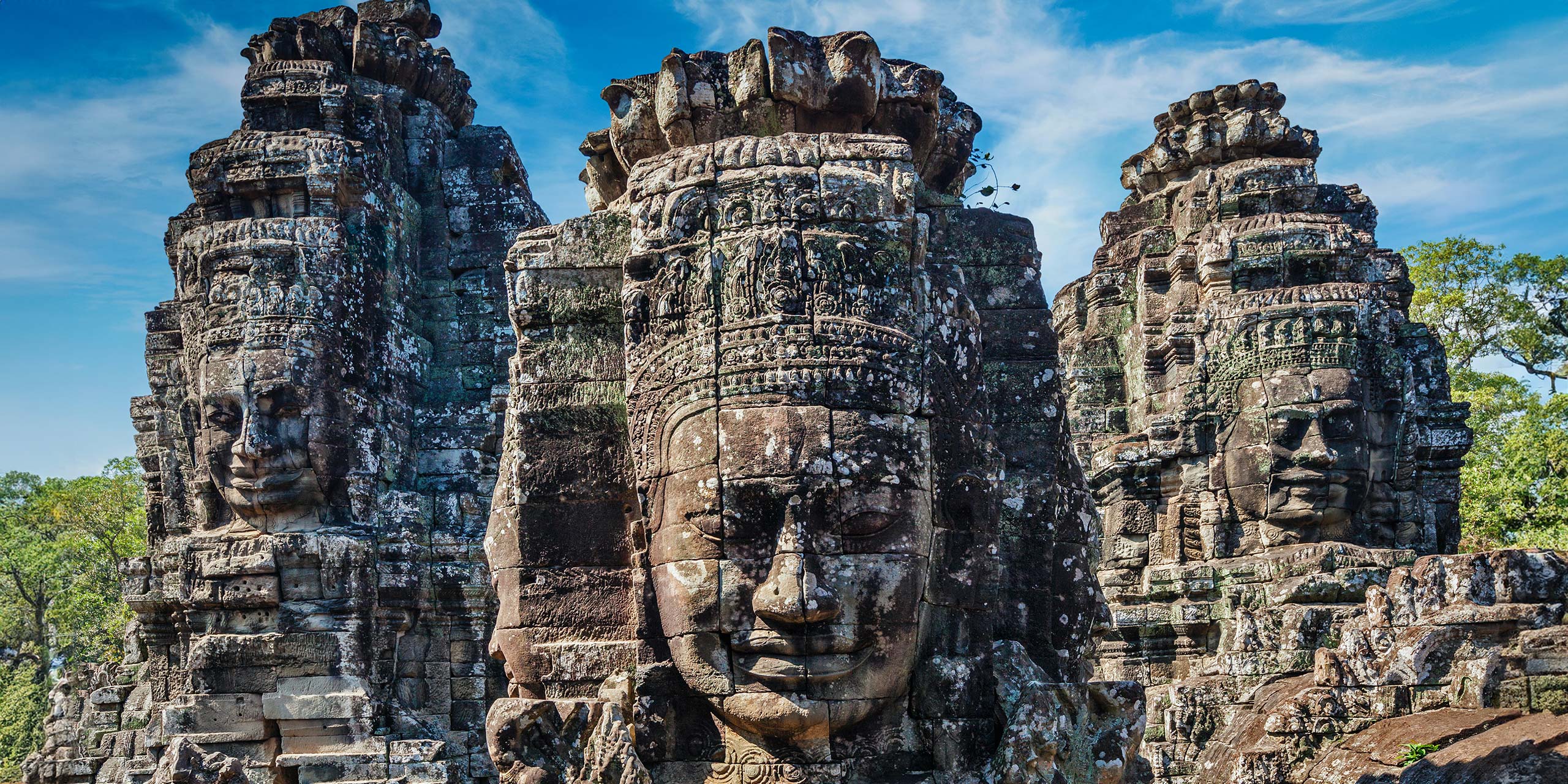
“Tomb Raider temple is inside” shouts Dara, my driver, as we round a corner on the vintage Vespa he is piloting and pull up alongside a verdant jungle thicket.
It’s been a while since I’ve been here amidst the relics of Angkor — the remnants of the capital of the once-mighty Khmer Empire that held sway over much of Southeast Asia—and I’m struggling to get my bearings.
My memory is jogged as I follow the track that leads from the east gate into Ta Phrom. The towering trees filter the heat of the late morning sun and cast a greenish pall over the scene.
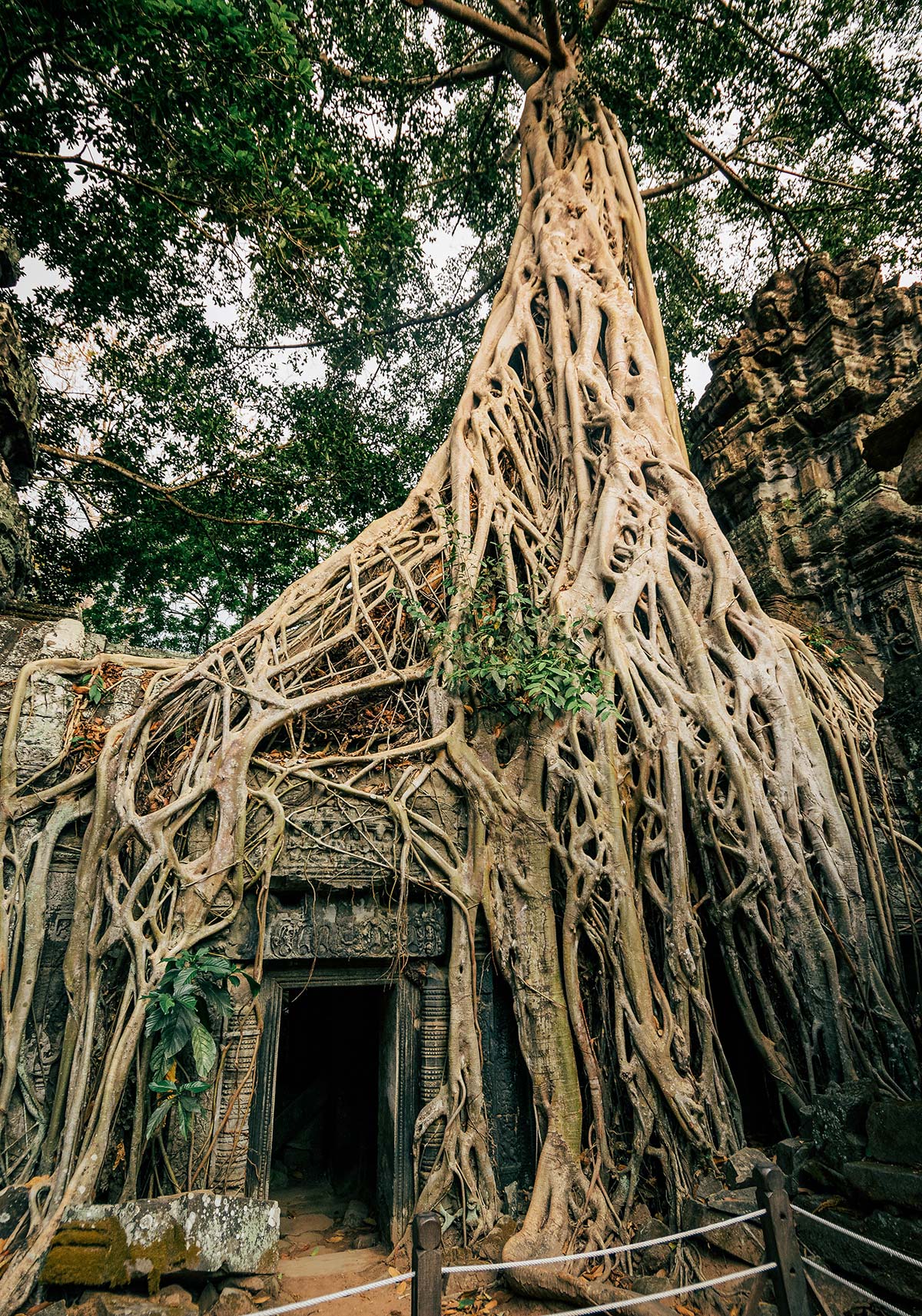
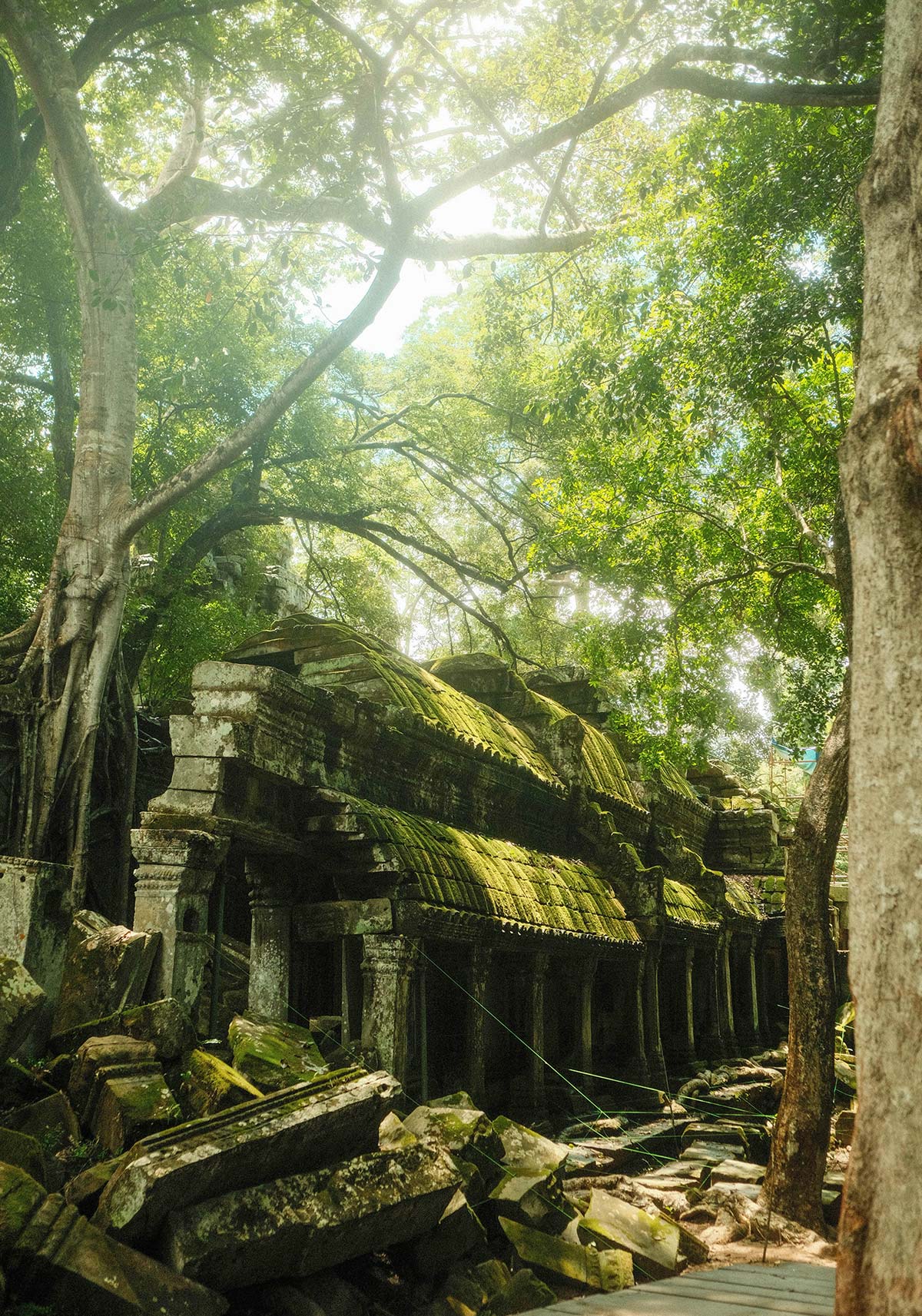
Inside, maze-like corridors lead to bulging walls decorated with bas reliefs and carpeted with lichen, moss and creeping plants. I first explored this temple back in 1999 as a young backpacker. Now, in 2024, that initial wonderment comes flooding back to me as I clamber over the rocks and capture images of the tree roots that strangulate this most evocative of relics with my camera.
Mind-blowing travel rushes are in plentiful supply around Southeast Asia. And few are more thrilling than the experience of exploring the temples at Angkor. But Cambodia is far from being a one-trick pony, as I’m rediscovering during a twin-city trip that combines the highlights of Siem Reap with those of Phnom Penh.
Cambodia certainly packs a lot in for such a small nation. Wild jungles offer pristine wilderness while the country’s south coast offers everything from buzzing beach towns to lazy hideaways.
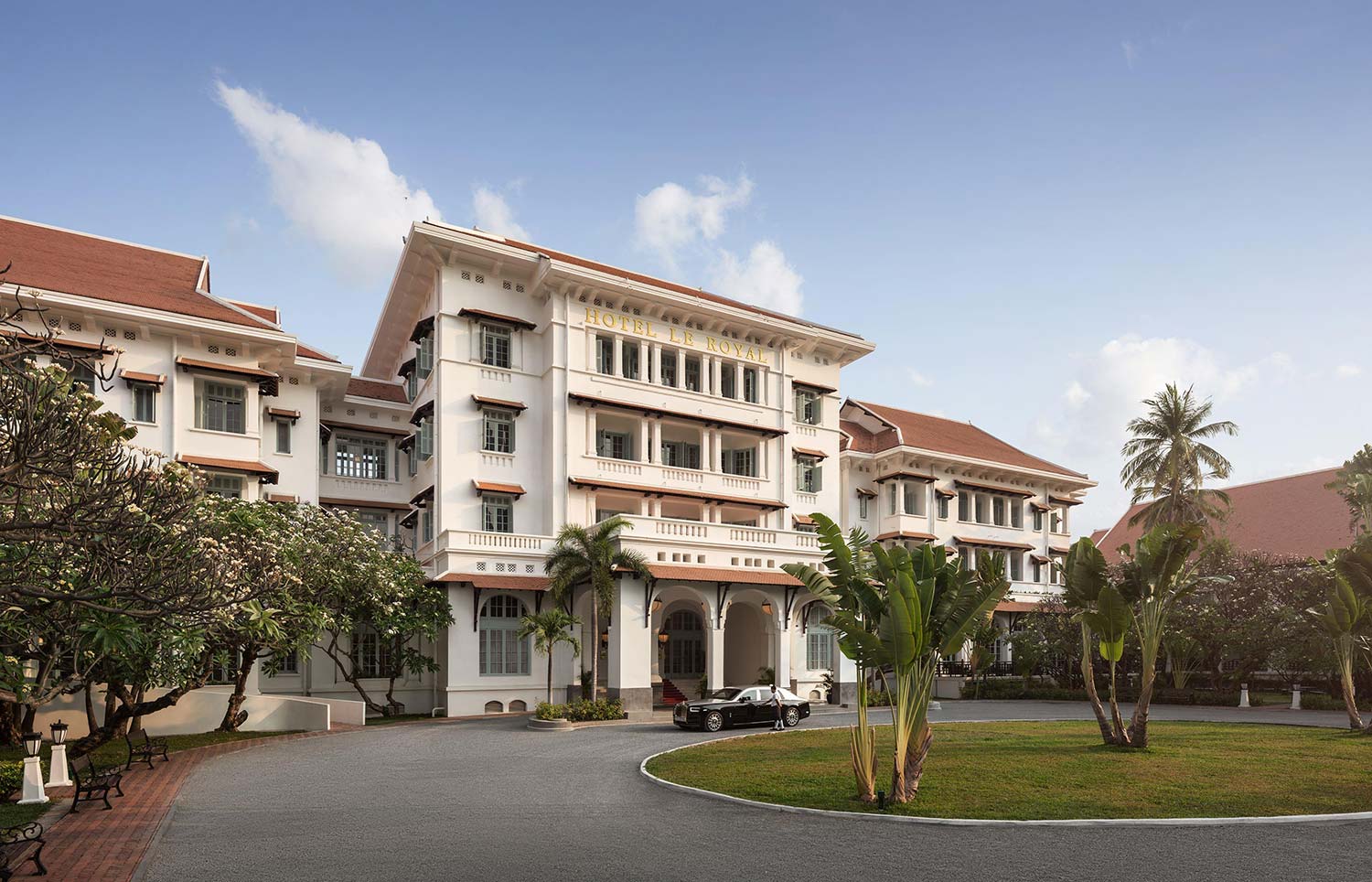
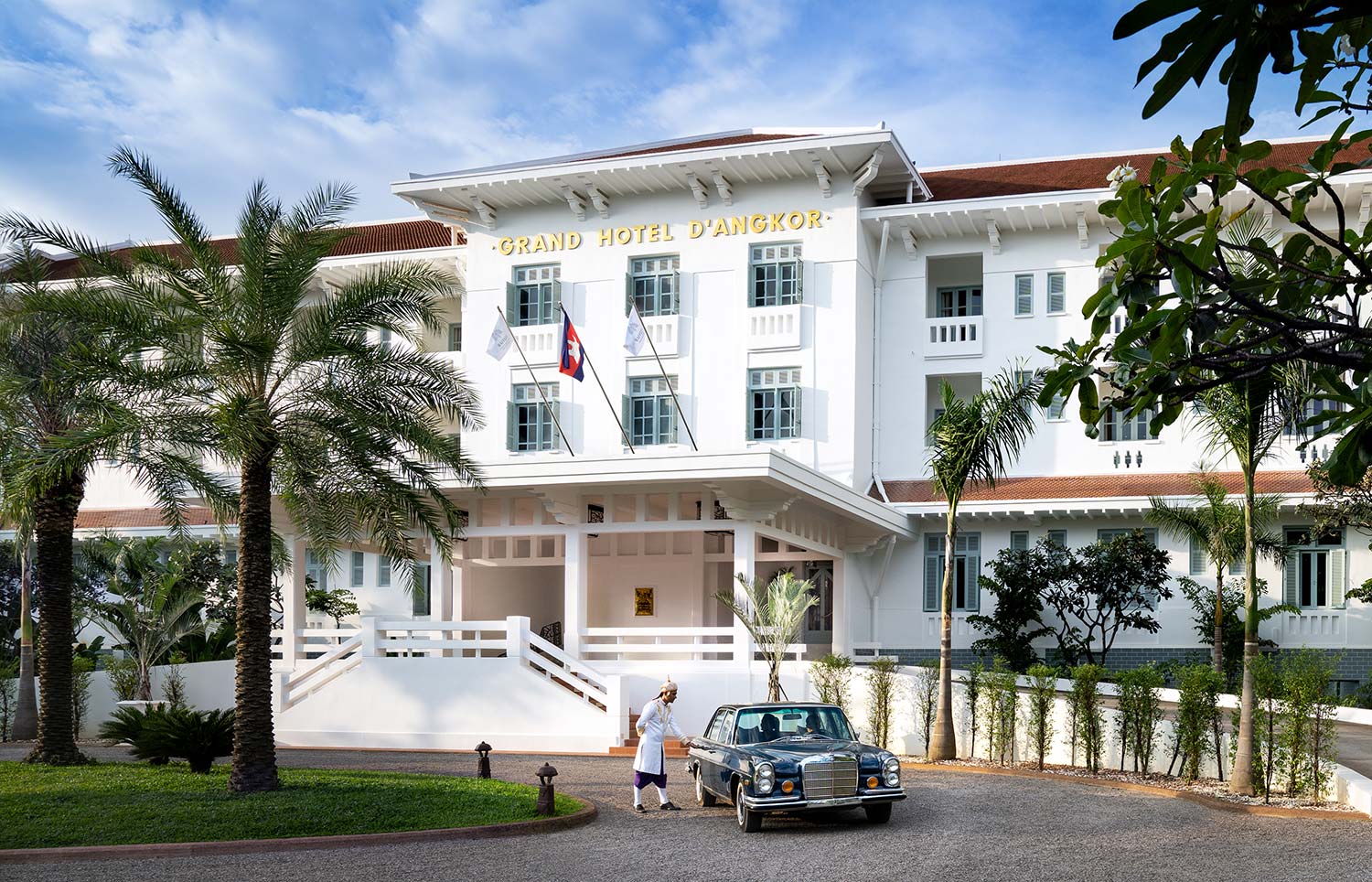
But its major draws are concentrated in its two biggest conurbations. Once a fashionable pitstop for the international jet set, Siem Reap fell into slumber for decades, only reawakening following the conclusion of Cambodia’s long civil war in the late 1990s.
The city is now possibly the most tourist-friendly destination in the country with boutique boltholes, grand hotels and guesthouses far outnumbering the nearby temples. The city’s evolution is reflected in an impressive dining and bar scene and a shopping landscape encompassing everything from traditional markets to cutting-edge boutiques.
Raffles Grand Hotel d’Angkor opened in 1932 as a rest stop for archaeologists and adventurers exploring the ancient kingdom of Angkor Wat. General Manager Joseph Colina says: “We see the same bold and enthusiastic spirit today among our guests who come here for the once-in-a-lifetime opportunity to experience these marvellous wonders.”
Now sensitively restored, the hotel’s classic style coupled with its renewed modernity complement the grandeur of Angkor Wat. The hotel has 119 guest rooms and suites, each tastefully appointed with Art Deco-styled furnishings and Cambodian objets d’art. Guest services include the Raffles Spa, a fitness center, and tennis court. Elegant dining options range from the formal restaurant 1932, to the Café d’Angkor, to the wide selection of cocktails at the famed Elephant Bar.

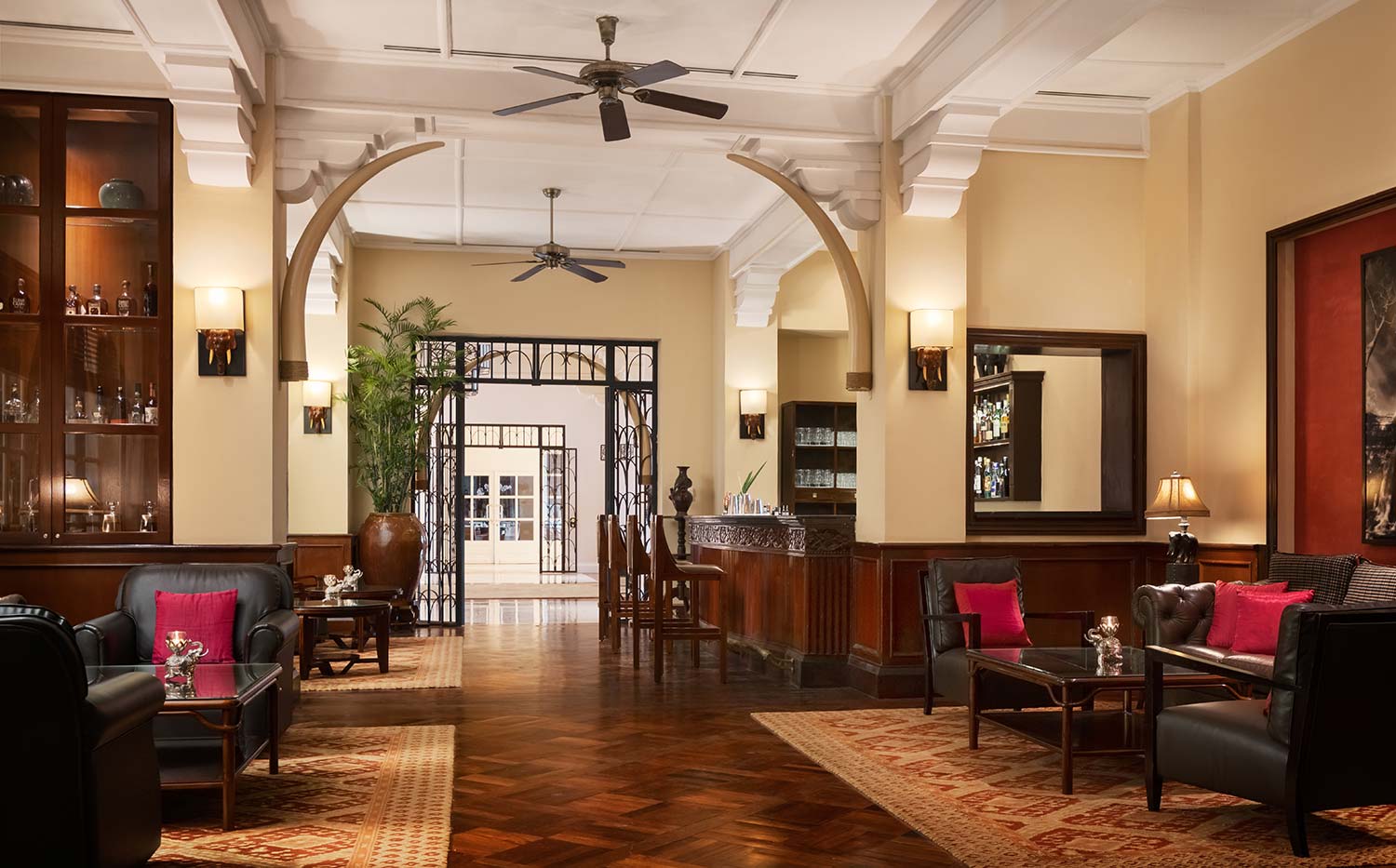
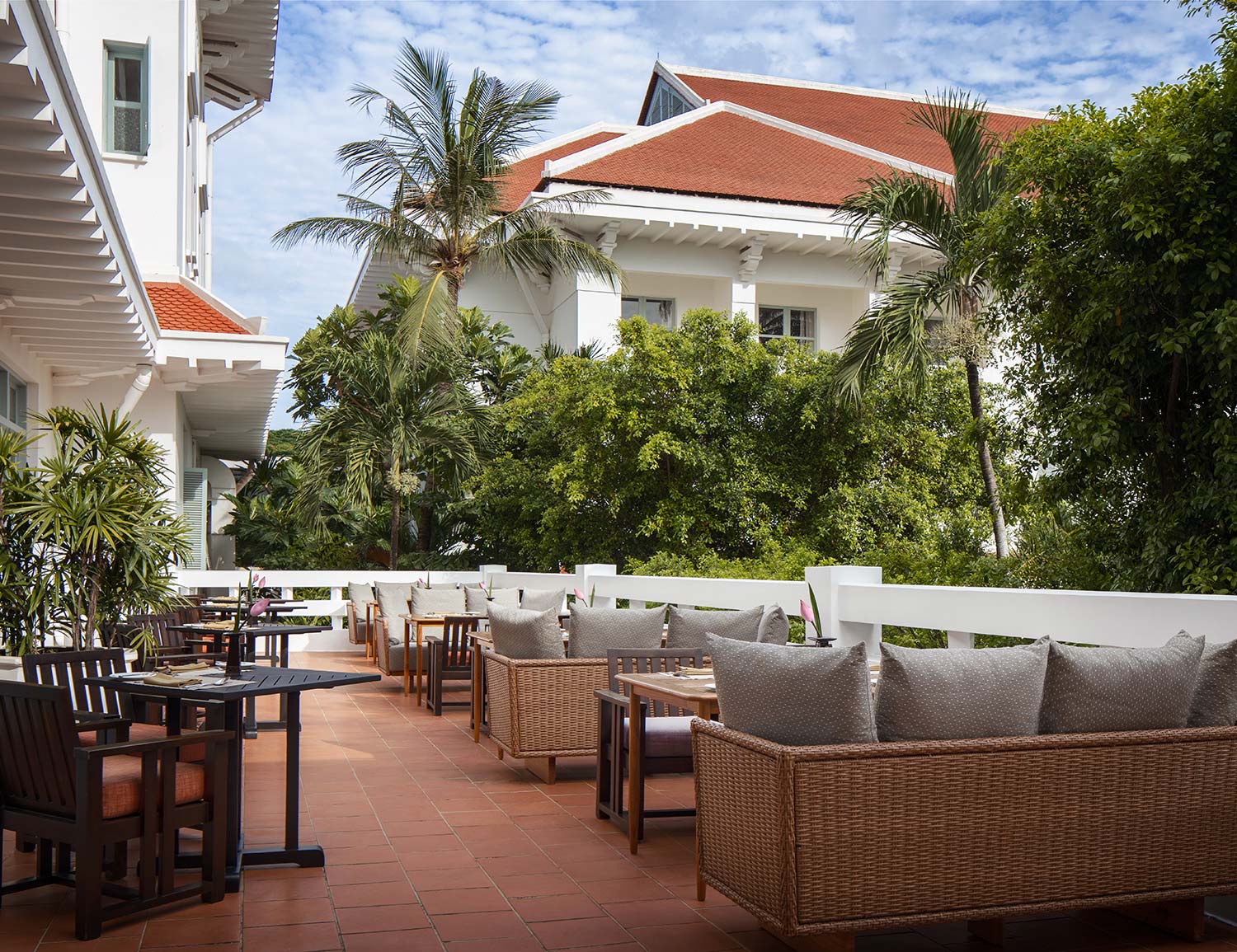
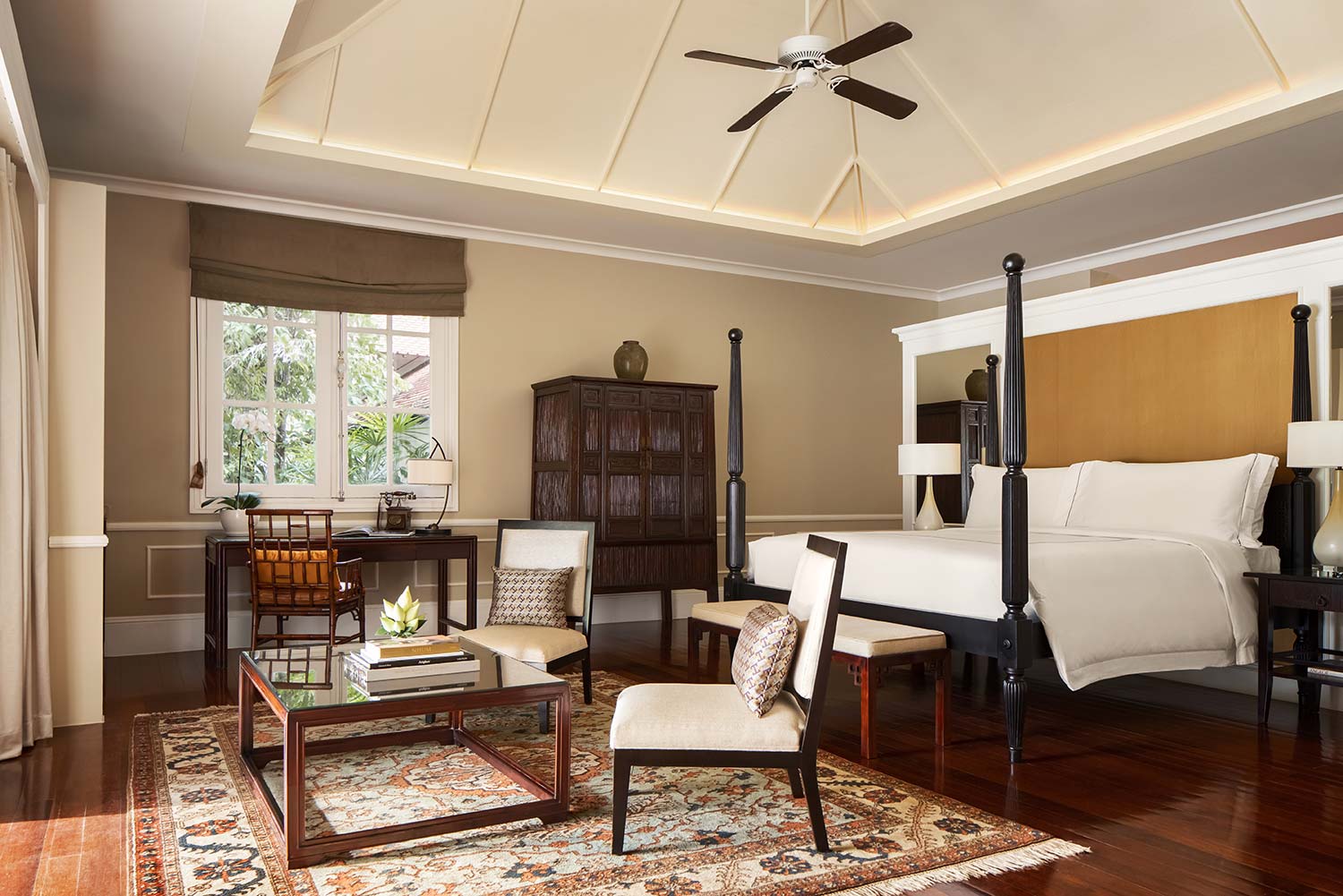
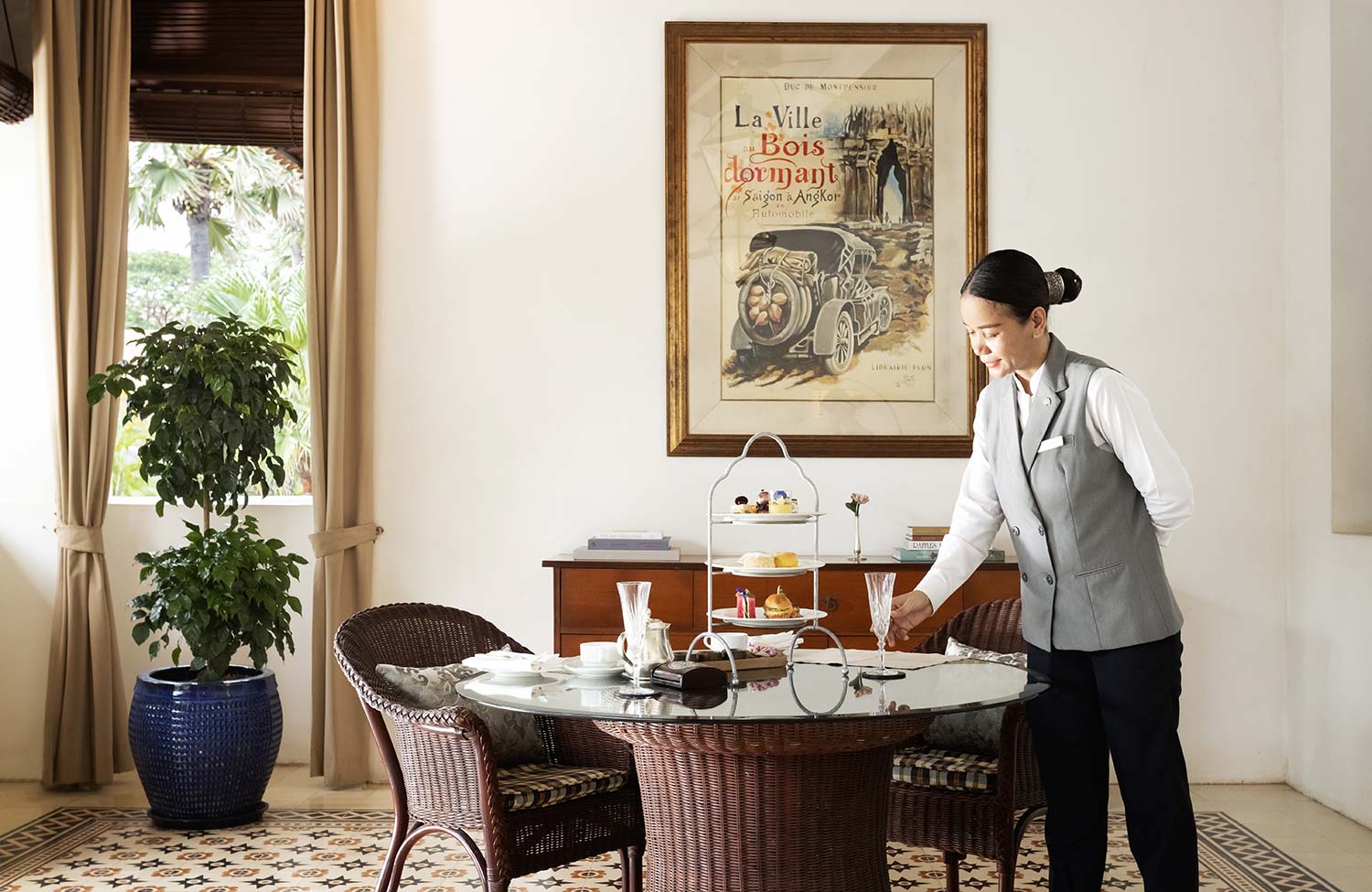
1932 recently launched a series of exclusive multi-course Khmer tasting menus—the first of their kind—offering diners an introduction to the distinctive flavors of Cambodian cuisine.
Away from the hotel, there’s a host of diversions in the city. Despite mass development, Siem Reap remains a charmer, its tree-lined boulevards and old French shop houses harking back to colonial times while peaceful, incense-scented pagodas encapsulate Cambodia’s deep Buddhist heritage. The surrounding countryside is equally alluring with highlights including the waterfalls and Hindu relics at Kbal Spean and the floating village of Preak Tol by the tranquil waters of Tonle Sap, Southeast Asia’s largest lake.
From Siem Reap, new highways make it a smooth transfer by road to Phnom Penh.
Until recently, a case could be made for Phnom Penh being one of the region’s undiscovered gems. The cat, however, has now well and truly escaped from the bag with rave reviews in travel magazines and a steadily growing contingent of expatriates attesting to the vibrancy of Cambodia’s capital.
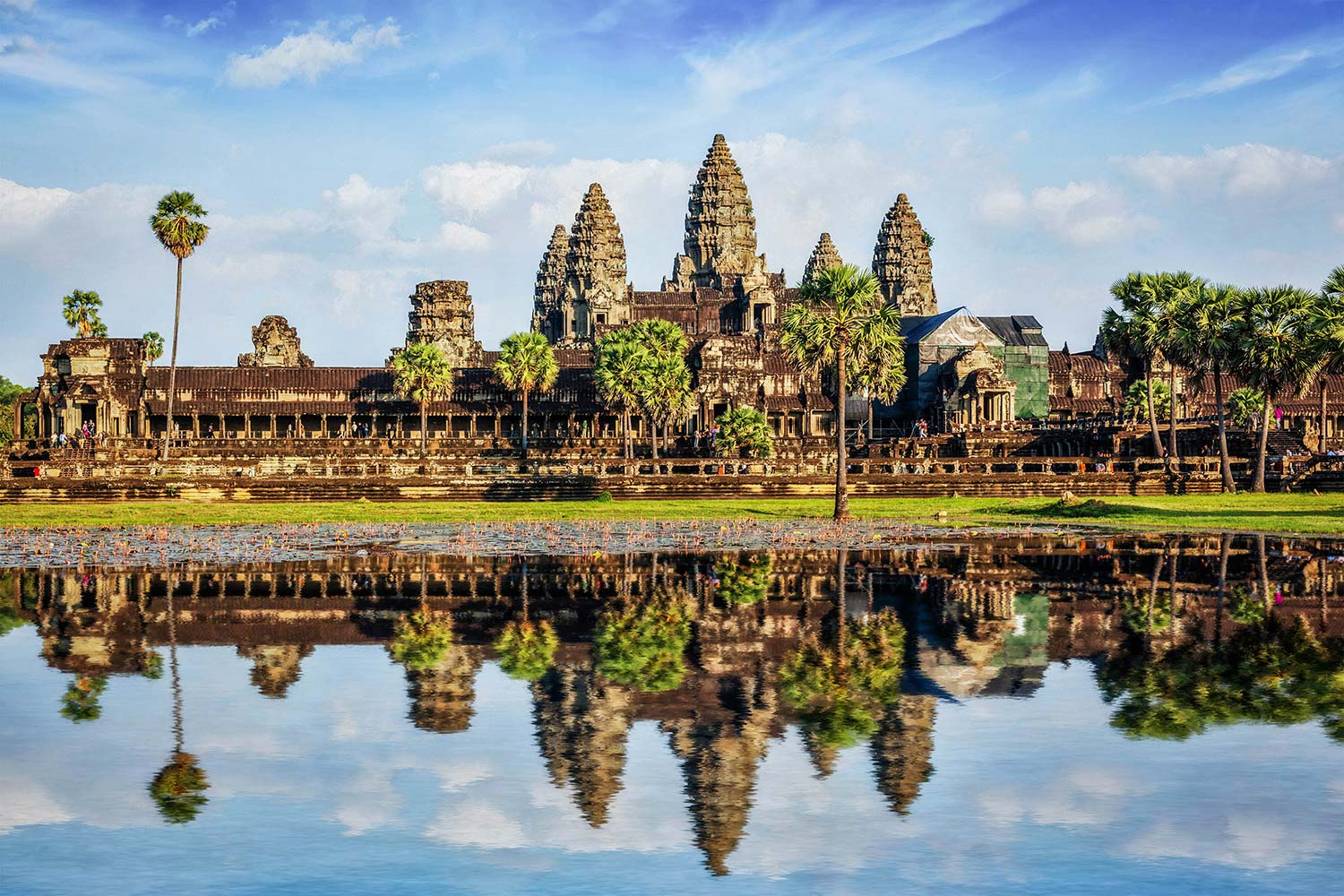
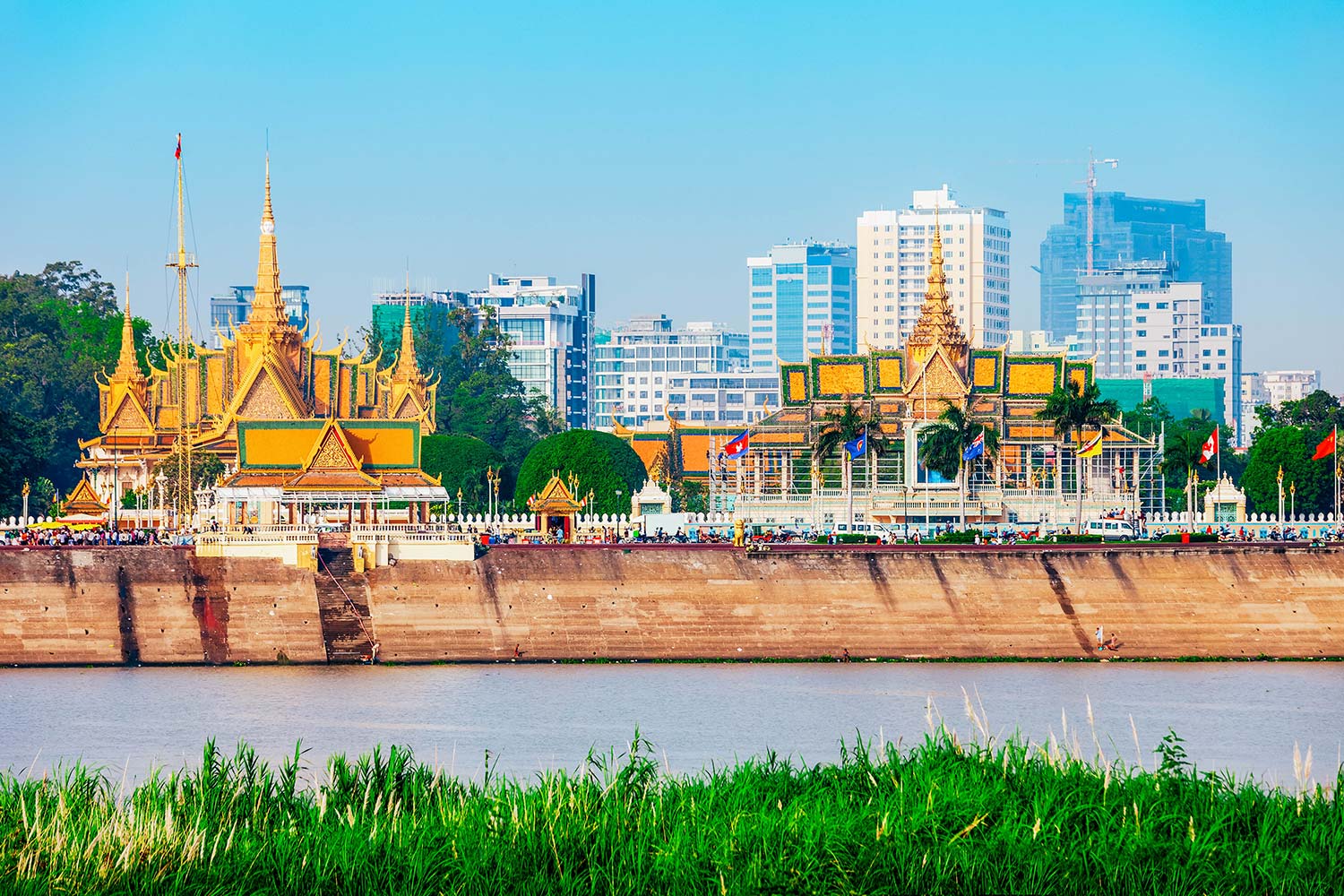
Known as the “Pearl of Asia” during colonial times, Phnom Penh went into sharp decline during the dark days of Khmer Rouge rule and the long civil war that ensued. It has been on the rise for well over a decade and is now firmly established as one of the most happening cities in the region.
And there’s no better place to lay your head in the city than at Raffles Hotel Le Royal, originally opened in 1929 and today features 175 rooms and suites that underwent a full refurbishment as part of a meticulous one-year restoration project in 2019.
Designed by architect Ernest Hébrard in French colonial style, Le Royal originally launched in November 1929 with an opening ceremony attended by the King of Cambodia and included an orchestra. It was an era when daring couples danced the Charleston, and the sight of an automobile in the dusty streets of Phnom Penh would bring children running.
Lured by tales of the exotic East and the mysteries of Angkor, many international tourists and adventurers began to set sail for Indochina around this time.
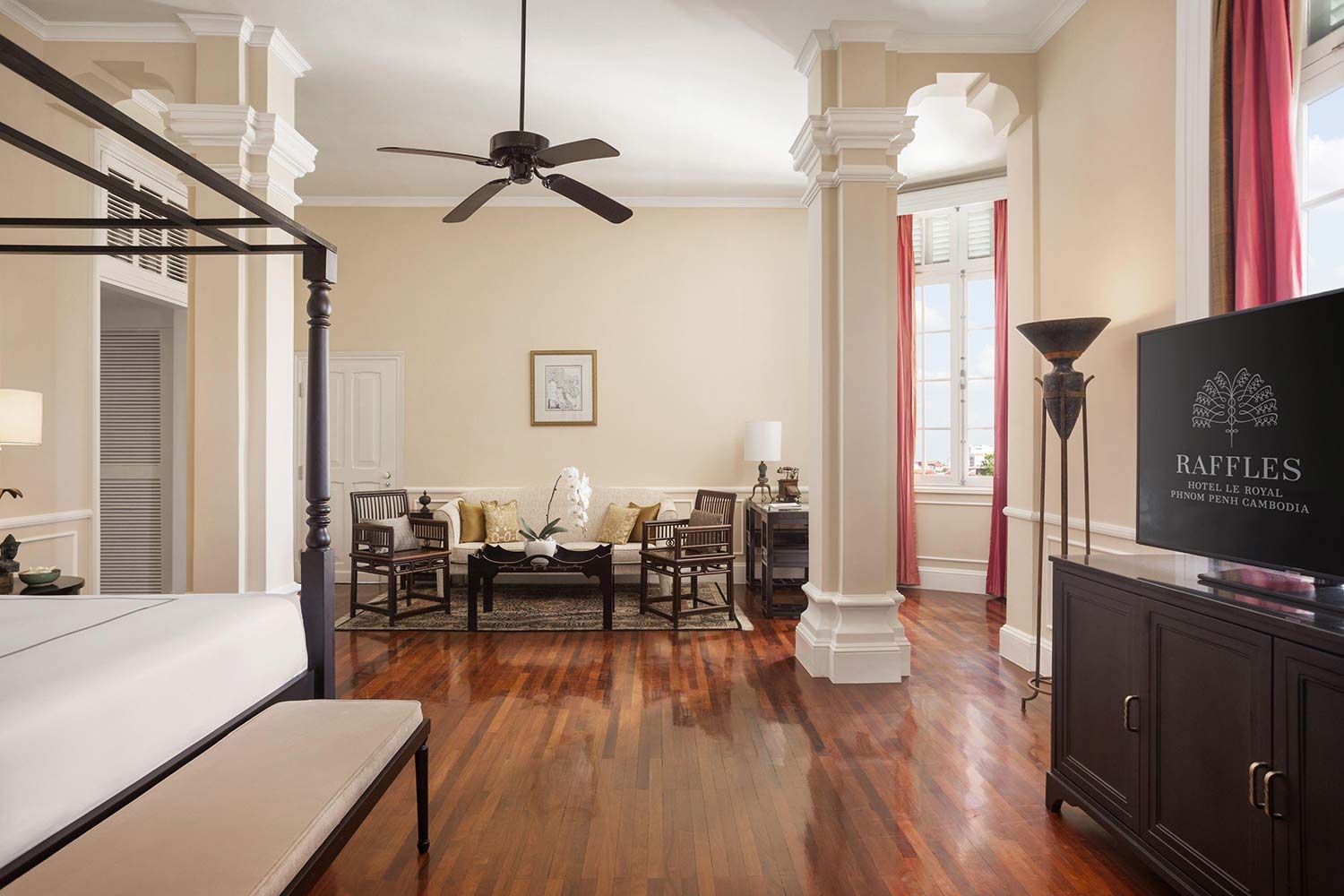
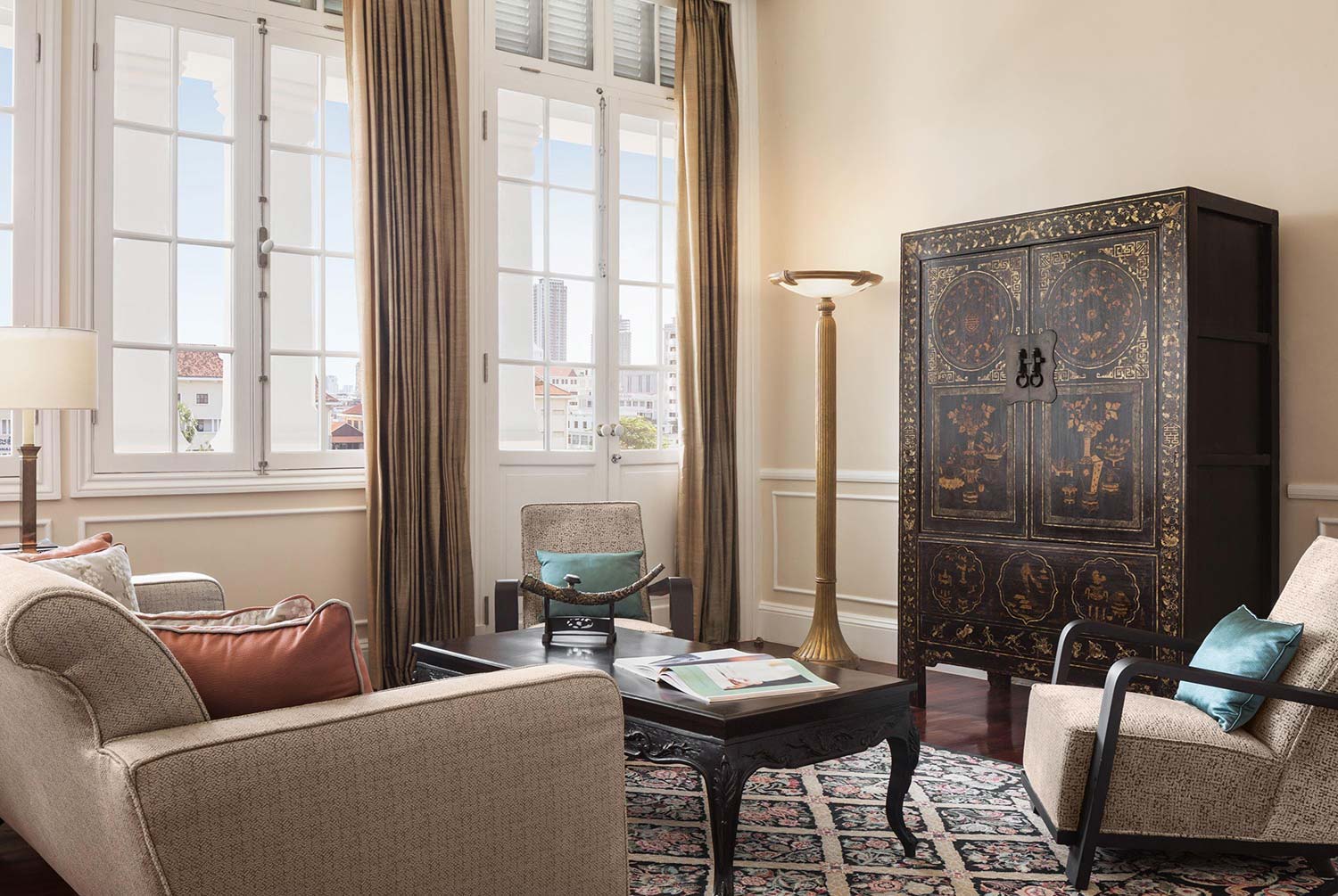
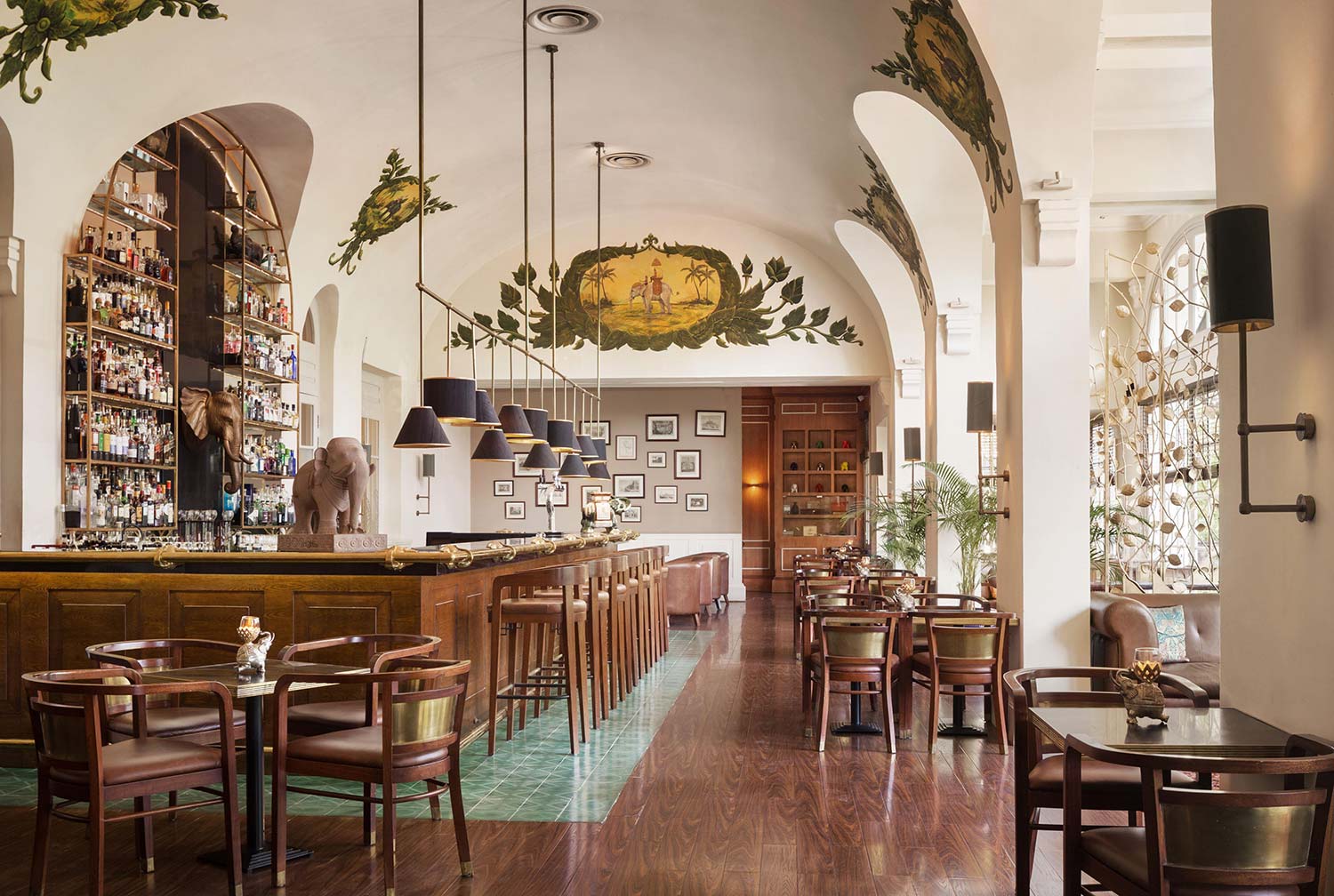
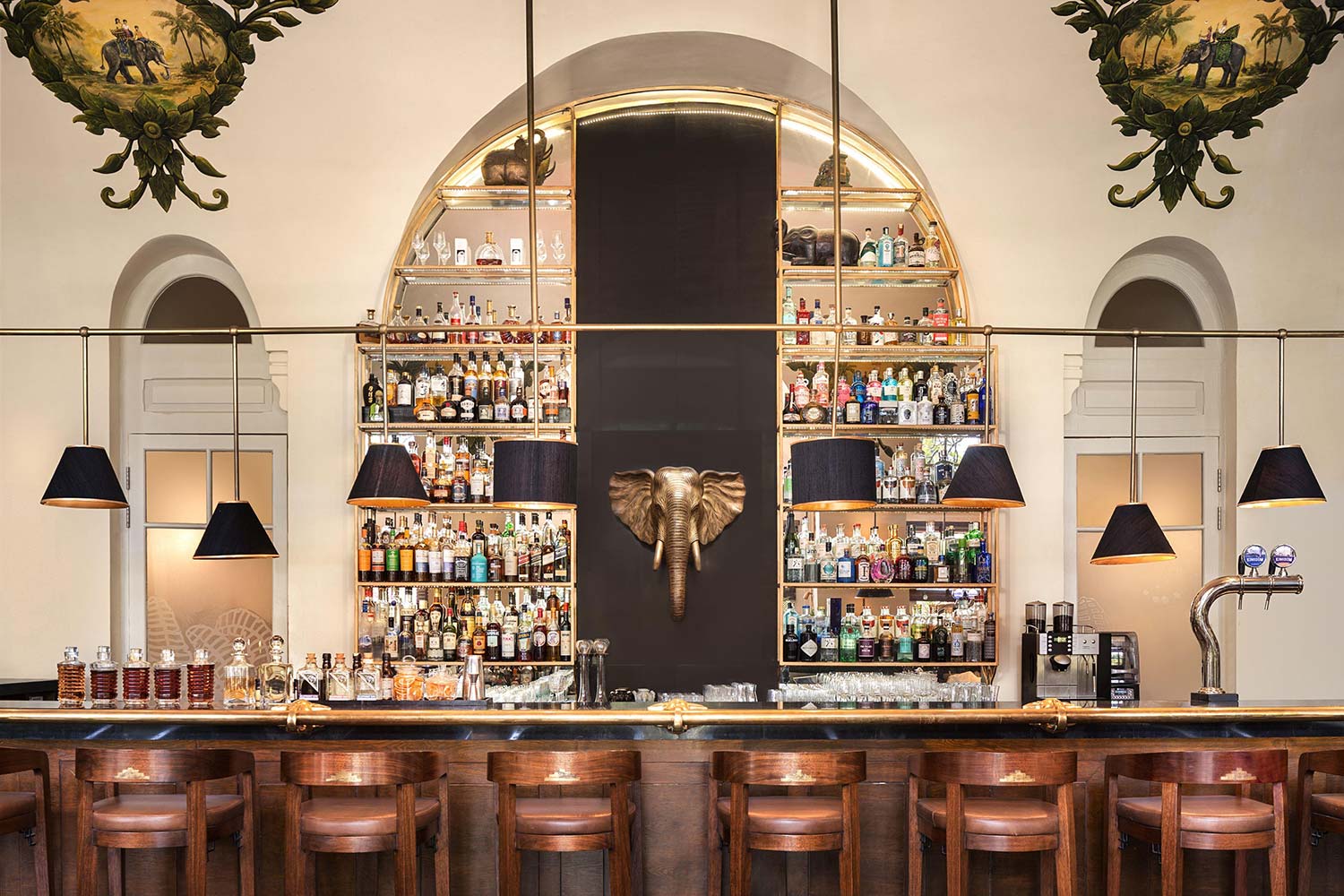
Among the celebrities who would be spotted basking in the wicker chairs and leather sofas of the hotel’s chic Elephant Bar were Charlie Chaplin and his entourage; novelists André Malraux and Somerset Maugham; French President Charles de Gaulle; and in the 1960s, former US First Lady Jacqueline Kennedy.
Development is moving at a breakneck pace here. Indeed, today’s city is a far cry from the one experienced by figures like Maugham, de Gaulle and Kenney. But several things endure. Situated at the confluence of three mighty rivers, the Mekong, the Bassac and the Tonle Sap, it is hard to think of a more stirring location. Sure enough, the string of bars and restaurants that line the Tonle Sap are perfect spots for a sundowner.
Phnom Penh’s unique atmosphere is another of its major selling points. More so than near neighbors such as Bangkok and Ho Chi Minh City, Cambodia’s capital remains part of “Old Asia”. Pungent scents float up from stalls and markets while the chaotic streets are thronged with hawkers, motorbikes and people. The city’s modern side is becoming ever noticeable however and it is this blend of the old and new – ingrained tradition and contemporary gloss – that make Phnom Penh such an exciting place to be right now.
